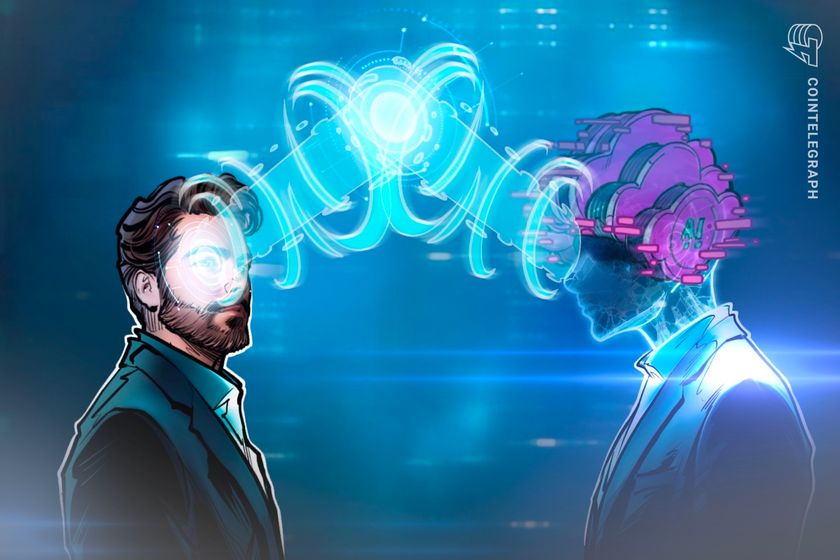
Perspective from: Max Giammario, founder and CEO of Kindred
The user interfaces and overall experience of Web3 tools are severely lacking, especially when set against their Web2 counterparts. This mediocre experience is driving users away and, given the rapid evolution of the ecosystem, these faults often go unnoticed.
AI agents hold significant promise for addressing these deficiencies. Their ability to enhance both development and user experience is impressive, though we have yet to see it fully realized. When paired with emotional AI—capable of understanding contexts beyond mere programming—we may witness a dramatic shift in how average users engage with Web3 tools.
The learning curve in Web3 is quite steep
Think back to your initial experiences with a Web3 wallet—it was likely a daunting and challenging endeavor. Many users worry about making a mistake that could lead to financial loss. This anxiety can be alleviated if we integrate emotional AI agents that can guide newcomers and offer personalized support, creating a more comfortable learning environment.
If this initial interaction with Web3 were more intuitive, we could see a surge in adoption rates. An enhanced user experience would benefit the entire industry, which currently suffers from a lack of users. Achieving a level of adoption similar to Web2 tools would be a significant win for the ecosystem.
Emotional AI companions could simplify the process
The capabilities of emotional AI agents could ease the entry process for new users. They could also serve as personal assistants, allowing for more autonomous and tailored interactions with Web3 tools.
These emotional AI agents could function as motivational coaches, offering ongoing, personalized, and empathetic support, enabling deep connections with users while educating them on best practices to minimize losses in the Web3 space.
Recent: Inside an AI-powered Web3 game’s race to 100 million users
These represent just a few of the most evaluated applications of Web3 today. The more potential applications are developed in the future, the more opportunities will arise. However, the combination of cutting-edge technologies comes with significant risks that must be carefully weighed during development.
Introducing emotional AI in Web3 has its challenges
While adding emotional AI to the Web3 landscape could provide significant benefits, there are inherent risks associated with any AI, in addition to those unique to Web3. One major concern is the handling of personal data, as emotional AI will require increased information from users, heightening the potential for data breaches.
This level of personalization could also lead to an unhealthy reliance on the emotional AI companion, necessitating protective measures. Moreover, such customization could result in biased information that limits the capabilities of the AI agent.
Taking into account the aforementioned risks, developers can pave the way to reduce these challenges while harnessing the advantages of emotional AI as the technology continues to evolve.
Emotional AI may hold the key to boosting Web3 adoption
The proliferation of AI tools has been seen at an unprecedented rate, reminiscent of the early days of the internet. This rapid adoption is largely due to the ease of use these AI tools offer. The next frontier lies in emotional AI agents, which can provide closer companionship and enhanced support.
Despite the complexities of the Web3 landscape, if emotional AI companions were to become standard, these tools could become accessible to all users. The resulting boost in Web3 adoption would be substantial, justifying the associated risks.
Perspective from: Max Giammario, founder and CEO of Kindred.
This article is intended for general informational purposes and should not be interpreted as legal or investment advice. The opinions expressed here are solely those of the author and do not necessarily reflect the views of any affiliated parties.
